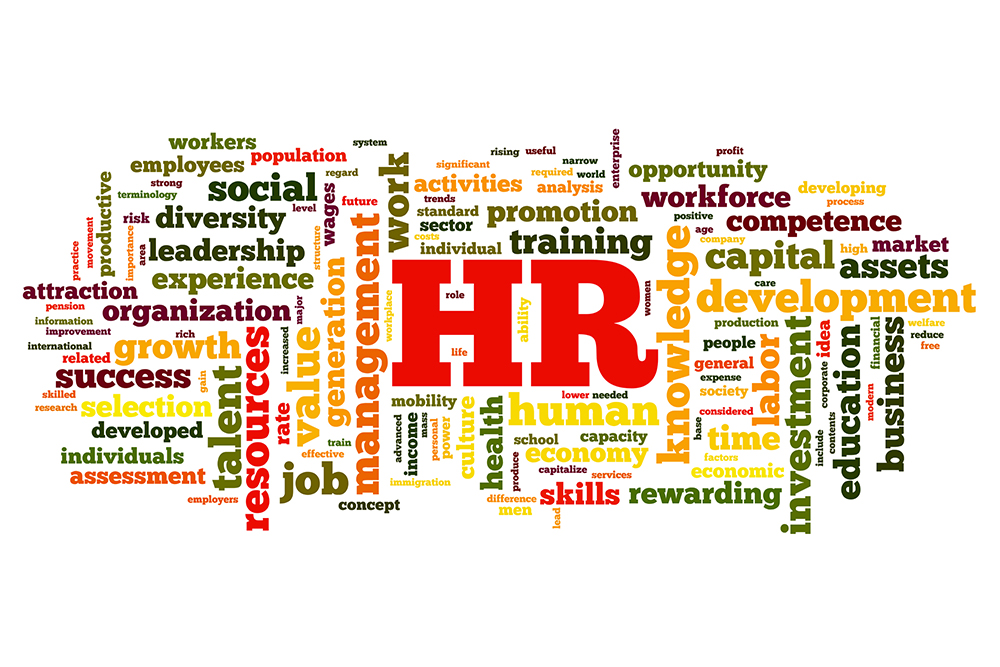The COVID-19 pandemic is continuing but isn’t the only challenge employers face. Here are 10 goals you would do well to consider in the months ahead to mitigate against the risk of an employment lawsuit or agency complaint and position your business to comply with new workplace laws and regulations.
1. Get Moving on Diversity and Inclusion Efforts
In the wake of a national racial reawakening, companies large and small have announced new diversity, equity, and inclusion (DEI) efforts, from General Motors’ recognition of Juneteenth to Albertsons Companies’ six-step plan to ensure a diverse management team.
Now is the time for your business to commit fully to educating and training the workforce about antidiscrimination laws and policies and enact plans to attract and retain a talented and diverse workforce.
2. Formalize Telecommuting Arrangements
During the pandemic, many companies have rolled out new flexible work schedules and work-from-home technology as a necessity to keep the business running and employees safe. Now, many of you are discovering the arrangements have significant benefits for your business including:
- Lower overhead costs as less office space is needed;
- Higher employee morale and increased productivity; and
- Fewer instances of interpersonal conflict.
While there are many advantages, there are legal risks as well. You must consider workers’ compensation laws, information security and confidentiality, and wage and hour issues under the Fair Labor Standards Act (FLSA). If you’re considering long-term remote work, take the time to work with an attorney to draft formal telecommuting agreements and policies to help mitigate the risks.
3. Litigation-Proof Your Handbook
Employment litigation that was delayed because of COVID-19-related court closures or adjustments to the legal practice will begin flowing again in the months ahead. To avoid getting sued by employees, you should start by updating their handbook. Employee handbooks can be a litigation trap for employers, if they include:
- Incorrect statements of the law;
- Out-of-date policies that differ from your actual practice;
- Promises of continued employment; or
- Unintentional ambiguities.
4. Deal with Impact of New Administration
A lot is changing in Washington, D.C.: a new presidential administration, a shift of power in Congress, and new heads of employment law agencies such as the U.S. Department of Labor (DOL), the Occupational Safety and Health Administration (OSHA), and the Equal Employment Opportunity Commission (EEOC).
Employment-related legislation and more aggressive enforcement proceedings are a virtual certainty in the coming years.
5. Get Up to Date on State Laws
Don’t ignore what’s happening at the state level either. Multistate employers in particular must ensure they’re following the employment laws of each jurisdiction where they have employees.
6. Consider Voluntary Paid Leave
The Families First Coronavirus Response Act (FFCRA) required paid leave in certain situations. While the mandate expired at the end of 2020, the tax credits will continue to be extended to employers that voluntarily provide qualifying paid leave to employees until March 31, 2021.
Additionally, as the pandemic continues and many employees are still stretched thin dealing with illness, caring for family members, and navigating continued school and childcare closures, you should consider taking a second look at your sick and vacation leave policies to accommodate employee needs.
7. Learn the Rules About COVID-19 Vaccines
One of the early bright spots of 2021 has been the rollout of COVID-19 vaccines. You should familiarize yourself with the legal issues related to the vaccinations. For example, employer health plans must pay the cost.
If you’re still deciding whether to adopt a mandatory vaccination policy, you should anticipate some workers seeking an exception, which could bring into play either the Americans with Disabilities Act (ADA) or Title VII of the Civil Rights Act of 1964.
8. Check Website and Remote Work Accessibility
For the last few years, employers have repeatedly heard about a flood of litigation against businesses for violating the ADA by not having a website accessible to individuals with disabilities.
The litigation has continued into 2021, and the rollout of new technology for remote employees means more opportunities than ever for your firm to face challenges from workers or online customers related to inaccessible technology.
9. Plan for Attracting Talent, Customers Despite Pandemic Challenges
Industries that have found ways to take advantage of bored-at-home customers’ desire to spend money on online shopping and streaming have done well during the pandemic. Similarly, many companies have found creative ways to attract and retain talented employees despite economic uncertainty.
You must still ensure, however, the fast-moving efforts to move transactions and hiring online don’t result in cutting legal corners or violating data privacy laws.
10. Find a Go-to Employment Lawyer to Assist Your Company
The ability to pick up the phone or send an e-mail to ensure your company is complying with the law is invaluable. An employment law attorney can assist your company in meeting your goals as we navigate our way out of the pandemic.
Elizabeth Bowersox is an attorney in the Oklahoma City, Oklahoma, office of McAfee & Taft. You can reach her at elizabeth.bowersox@mcafeetaft.com.
The post 10 Mostly Nonpandemic-Related Challenges Facing HR Pros appeared first on HR Daily Advisor.
